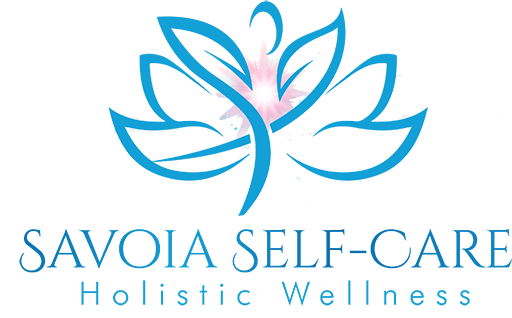Workplace Wellness Whisperer – Weekly Tips (Feb 19)
Hello Wellness Seeker,
Wellness is the biggest investment and employees are the biggest asset for the workplace!
What are the benefits of incorporating a wellness program in your office?
- It attracts talented workers
- It reduces absenteeism significantly
- It enhances decision making and productivity of the employees
- It improves employee morale
- There is a significant reduction in turnover
- A healthier workforce and environment in an organization.
How Can We Reap These Benefits Effectively?
My advice for organizations is to maximize employee buy-in and participation in the wellness strategy. I invite you to explore my actionable wellness tips on my YouTube channel and urge you to incorporate these practical tips and meditations that I share every day.
Below is a summary of this week’s videos that you can listen and incorporate at your workplace starting today!
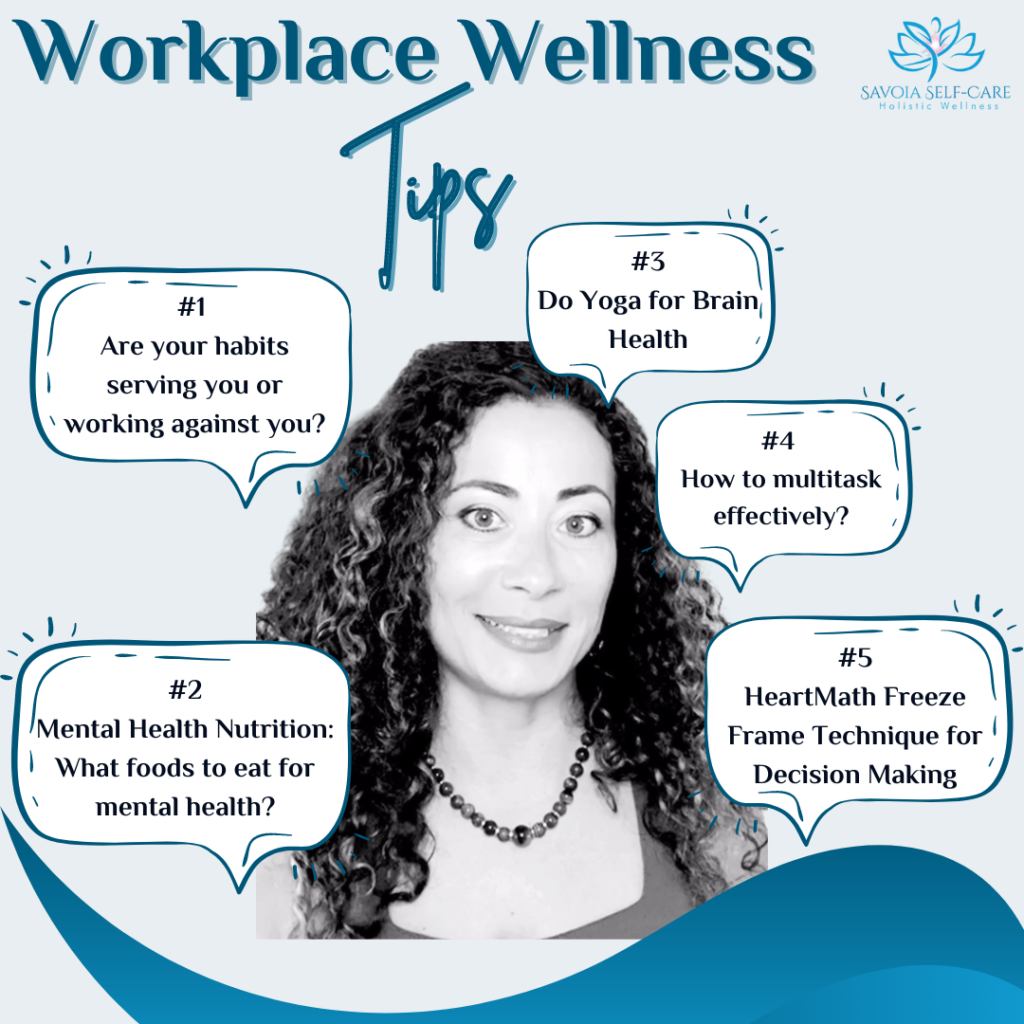
Tip #1. Are Your Habits Serving You Or Working Against You?
Habits are automatic choices that influence the conscious decisions that follow. Once completed a habit can shape the actions that you take for minutes or hours afterward. According to James Clear, habits are like the entrance ramp to a highway. They lead you down a path and, before you know it, you’re speeding towards the next behaviour. How do you develop good work habits? It’s often best to start small with one or two areas you want to improve. If you try to change all of your work habits at once, you may feel overwhelmed. Focus on one area that can have a significant impact on your overall work.
For example, if your disorganization is slowing you down, putting into place a few organizational strategies such as making a daily to-do list, may help you to be more productive overall.
Did you know that every year the 24th of January is actually celebrated as clean your desk day? Organization is super important. Having good work habits does not mean keeping your eyes glued to your computer. It includes knowing how to take care of yourself. Getting proper sleep. Eating right. Taking time to relax and recharge. As Maya Angelou said, “Nothing will work unless you do.”
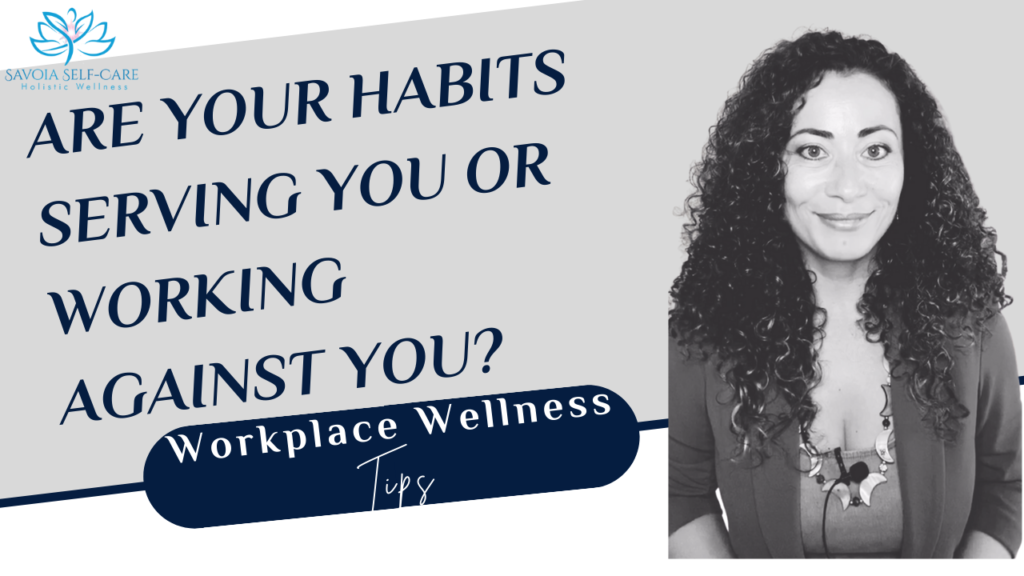
Tip #2. Mental Health Nutrition: What Foods To Eat For Mental Health?
What foods should you be eating for boosting your mental health?
Download my Mental Health Shopping List of the top foods with the critical nutrients you need for improving your Mental Health. Take charge of your mental health and feel empowered to go to the grocery store and know which foods to buy to boost memory, clarity, concentration, balance your mood, and help you deal with stress, anxiety and depression.
The list is mostly plant based, and shifting to a plant-based diet is a big lifestyle change, but it doesn’t have to be all or nothing. Even modest increases in your office snacks and meals to include fruits, whole grains, and vegetables while reducing processed food can reduce absenteeism, improve the bottom line, and increase employee productivity and retention. Make sure you download the shopping list and save it on your phone so it’s handy for when you go out grocery shopping or ordering food at a restaurant.
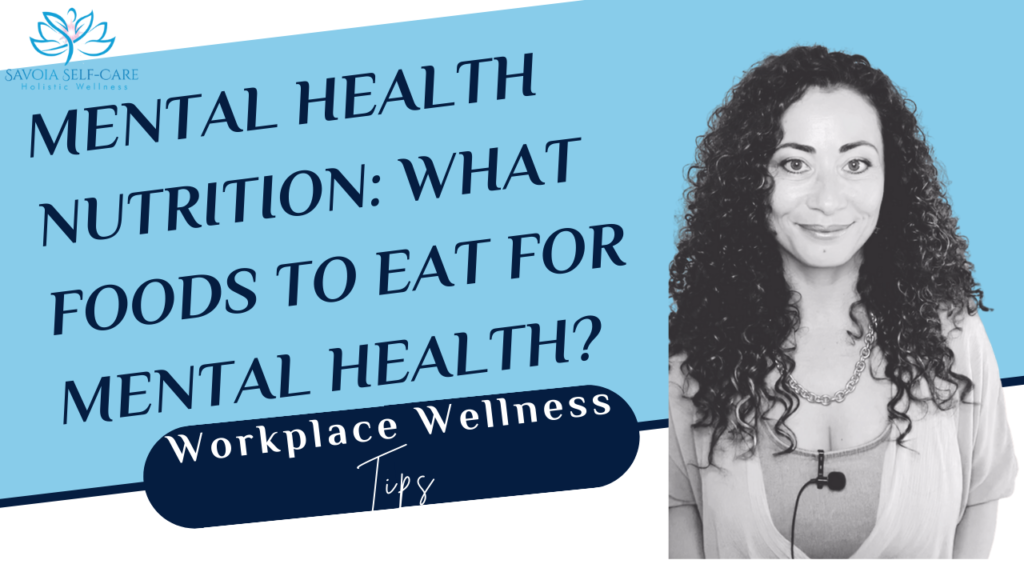
Tip #3. Do Yoga For Brain Health
Have you given a Yoga class a try?
Yoga with its emphasis on breathing practices and meditation brings mental benefits, such as reduced anxiety and depression. What may be more surprising is that it actually makes your brain work better. When you lift weights, your muscles get stronger and bigger.
When you do yoga, your brain cells develop new connections, and changes occur in your brain structure as well as function, resulting in improved cognitive skills, such as learning and memory. Yoga strengthens parts of the brain that plays a key role in memory, attention, awareness, thought, and language. Think of it as weightlifting for the brain. The easiest way to begin your Yoga journey is with sun salutations. It is preferred that you face the sun as you work, and expressing your gratitude to the higher power of the Sun, the life source of the Earth.

Tip #4. How To Multitask Effectively?
If you can master these skills, you can be a valuable asset to your workplace.
1. Make a Plan
It’s vital that you know how you are going to tackle each project and have that laid out so you don’t have to do too much on-the-spot thinking or brainstorming.
2. Combine Similar Tasks to Work on at the Same Time
It’s vital that the tasks you’re working on have something in common, as your short-term memory can only handle so much. Keeping the tasks you’re working on similar will make it much easier to complete them effectively and efficiently.
3. Eliminate Distractions. Turn off your cell phone. Move into a quiet area. Maybe you want to listen to music or whatever your technique is, dedicate yourself to these tasks and these tasks alone.
4. Consistently Check in with Your Tasks and Goals
Make sure you are checking and rechecking your work throughout the process. Set small steps for each project so that you know you’re moving forward as opposed to plateauing.
5. Take Time to Review Your Work
When all is said and done, it’s imperative that you take the time to pay attention to specific details and review your work. Check what your original assignment was, and make sure the final product ticks off all the boxes.
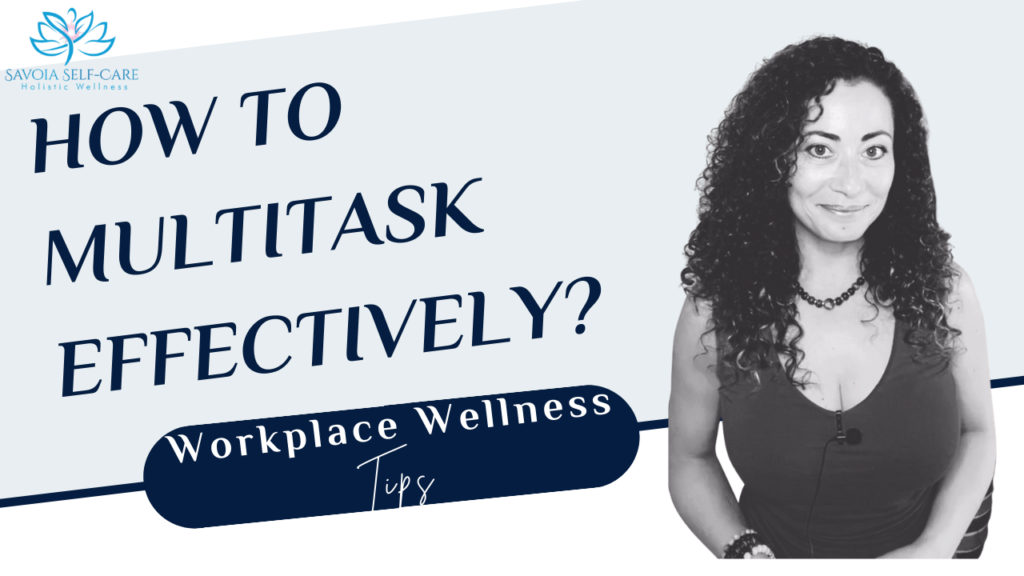
Tip #5. HeartMath Freeze Frame Technique For Decision Making
Are you stuck with a decision and don’t know what to do? Here’s a really interesting technique that works, every time. It is my honour to lead you through a freeze frame technique from the HeartMath Institute.
The freeze frame technique is a multi-purpose technique that can be used in the moment for gaining clarity and stopping energy drains. It also helps balance your mind and emotions so you can think more creatively and make better choices.
This technique helps you gain a clear and balanced perspective. By accessing your intuitive intelligence. Clear clarity or insight may not come right away. This could have a lot to do with the complexity of the issue, past history and the intensity of any emotion that may or may not be related to the issue or situation. That’s okay. Be patient with yourself. Repeat the process later or the next day, it will begin to feel more natural with practice. Often solutions are inspired through communication or input from others.
Be sure also to notice any subtle shift in the way you feel shifting from feeling anxious but an issue to feeling calm significant. You’re not only plugged that energy, but you also shifted your feeling experience and opened the door for a solution to emerge at another time.
This technique is designed to use regardless of whether or not stress is present by bringing heart qualities to the forefront can help with mental clarity, decision making and creativity.
Please share this with anyone you think might benefit from it.
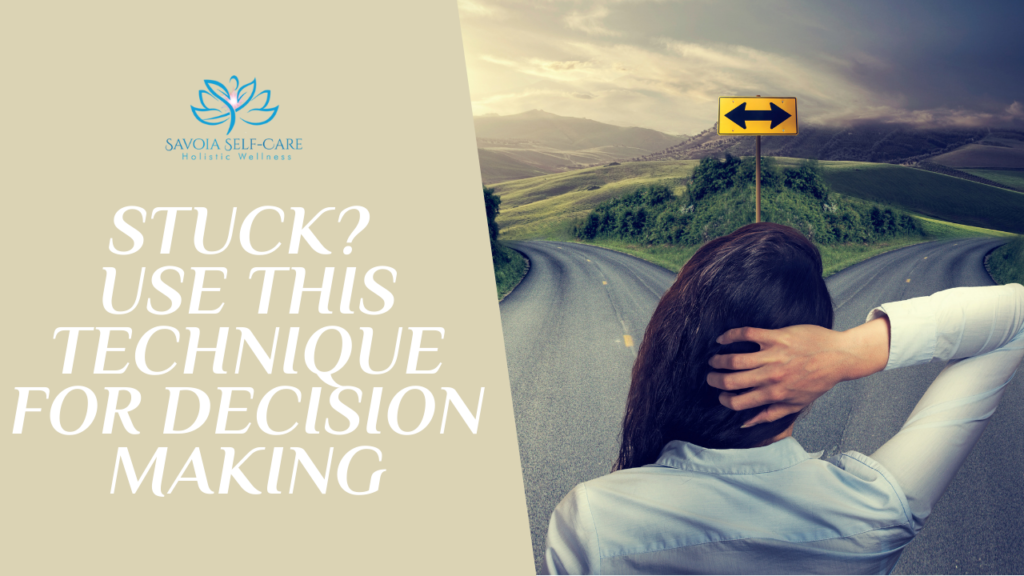
Listen to the Self-Care Goddess podcast episode #32 with Allan Miller for an amazing conversation and some workplace communication tips. The podcast is titled “Self-Awareness: The Key To YOUR Wellbeing”.
Get started with your workplace wellness strategy with my Workplace Wellness Calendar here.
References:
www.capitalregionchamber.com/business-resources/business-u/business-library/workplace-wellness-important/

